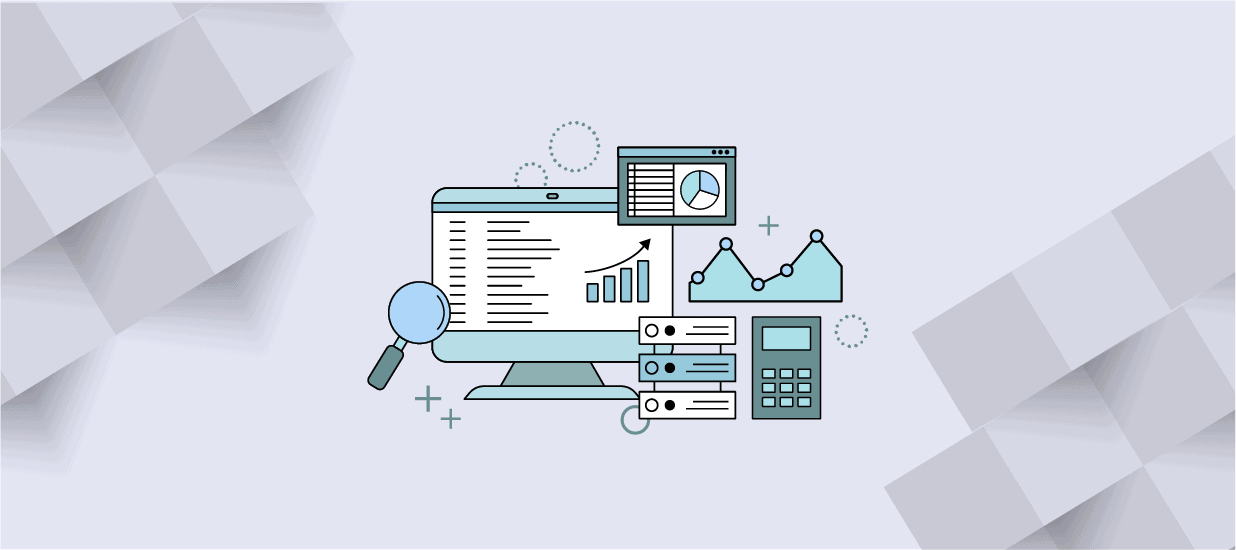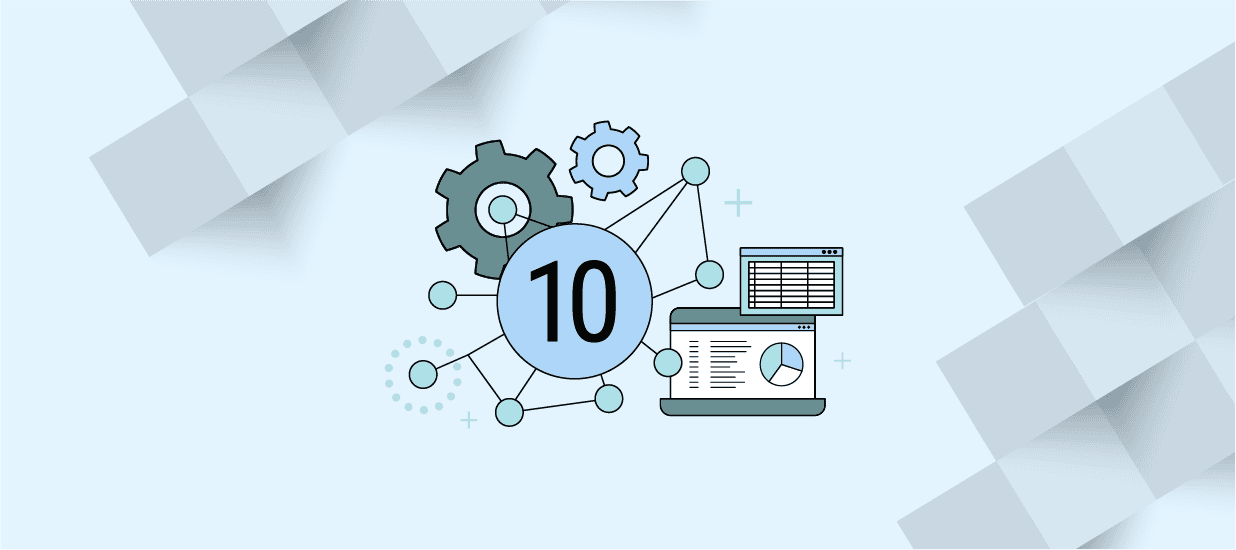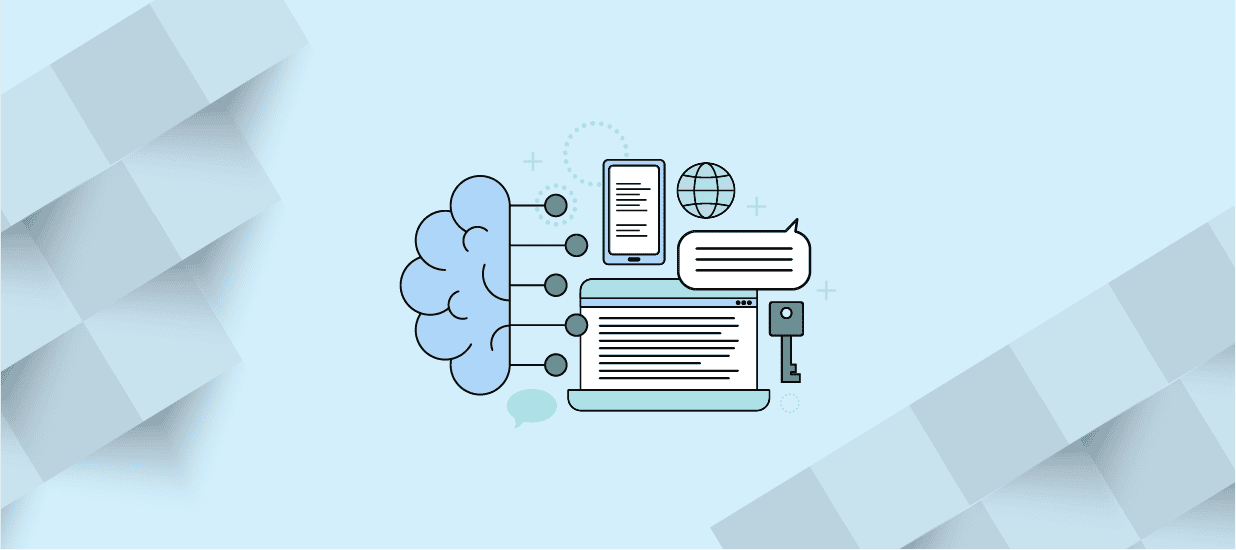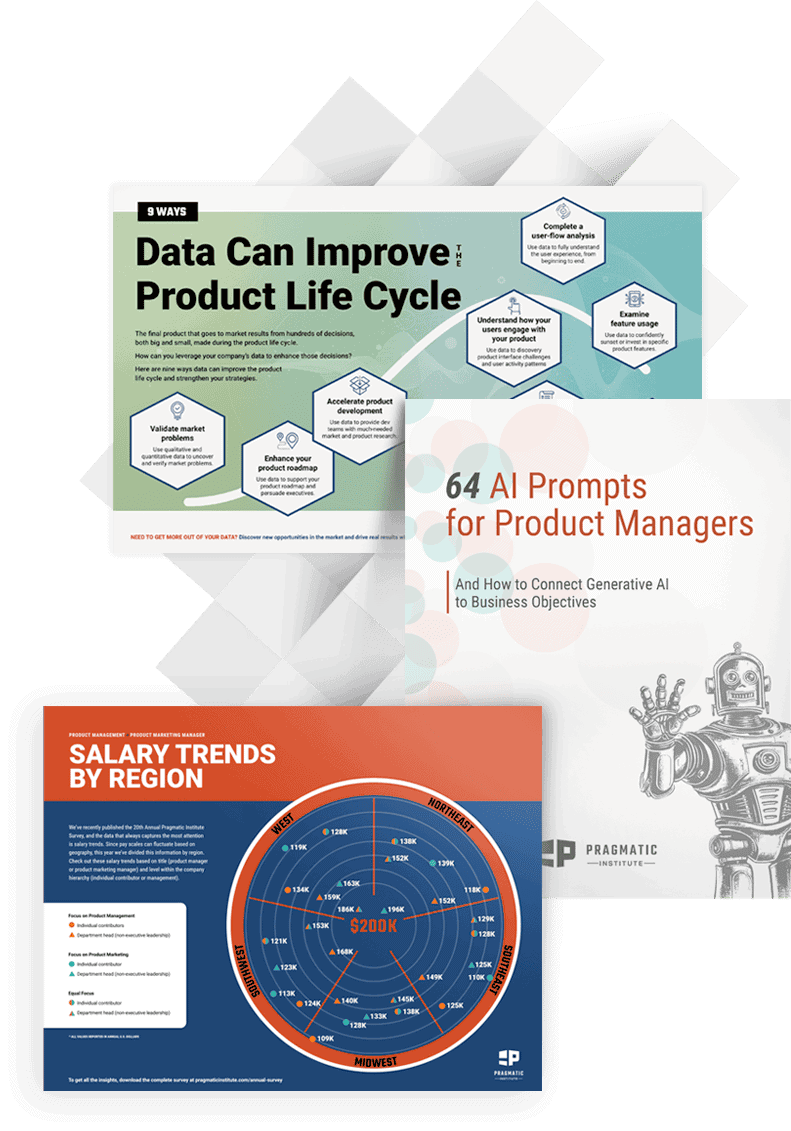Are you interested in a career in data science? Discover the latest data science technology and what you need to start your new career.
Data science technology optimizes a company’s business strategy by using the company’s data to uncover insights. Leaders use this information to make actionable decisions to help their businesses grow. Analyzing this information helps companies predict customer behavior, recommend products to customers, plan for expansion and more.
Here we’ll discuss the top 10 data science tools you’ll use in data science. We’ll give you an idea of how these data science technologies work and how you might use them to solve business problems.
1. Amazon Web Services (AWS)
AWS is a cloud computing service. The technology provides an Amazon Elastic Compute Cloud (EC2) instance. EC2 provides virtual servers that run in the cloud. The instances run Apache Spark on Amazon Linux and offer various other services useful for information analysis.
Amazon Machine Learning (AML)
Amazon Machine Learning enables scientists to create predictive learning models using Amazon Web Services dedicated ML service. The service includes tools such as the following.
Amazon Redshift
Amazon Redshift is designed for data warehousing and analytics. It enables scientists to perform ad hoc queries, create new indexes, analyze information in real-time and more.
Amazon Simple Storage Service (S3)
S3 is an object storage service that Amazon Web Services provides scientists for accessing large amounts of information from distributed systems. The service includes an HTTP interface for accessing the information stored on S3. It offers basic security options such as access control lists, bucket policies, and encryption so that users can store confidential information in S3 safely.
Amazon Rekognition
Amazon Rekognition is an image recognition system that uses deep learning technology to analyze images and recognize objects. For example, faces, animals, vehicles and landmarks. The service uses facial recognition technology from the company Face2Deep to enable accurate image identification across multiple environments.
2. Text Mining
Text mining refers to extracting information from text-based information such as articles and documents. Industries such as healthcare and law enforcement use this information science technology to uncover trends, relationships and patterns that may not be immediately apparent in unstructured documents such as patient records or legal briefs.
Text mining involves using natural language processing (NLP) tools that enable scientists to extract useful information from text based on predefined rules. The goal is for a computer program to analyze documents and identify important keywords.
A few use cases for text mining are:
- Data Extraction: Extracting information from unstructured information and converting it into a structured form that allows for both manual and automated analysis
- Topic Modeling: Discovering hidden topics in large amounts of text, such as what people are talking about on social media or the latest news headlines
- Sentiment Analysis: Detecting sentiment expressed by or towards different entities (e.g., products, people)
3. Internet of Things (IoT)
IoT is a network of physical objects embedded with electronics, software, sensors, and connectivity to enable them to collect and exchange information via the internet.
One of the benefits of this IoT data science technology is that it can provide real-time alerts and warnings.
A couple of use cases include the following.
Predictive Maintenance
Predictive maintenance is the process of identifying potential mechanical failures before they occur by analyzing information collected from IoT sensors in production machines to predict when components will need replacement or service. This approach can save companies time and money because it enables them to schedule preventive repairs instead of waiting for a failure that would otherwise result in downtime or unplanned expenses.
Usage-Based Insurance
Usage-based insurance companies create predictive models using IoT sensor data. Companies use the information to determine a customer’s risk profile for incidents such as auto accidents, theft claims, and natural disasters.
4. Streaming Analytics
Stream analytics is a form of information processing that allows science experts to analyze information in real time. This is in contrast to batch processing. In batch processing, information is analyzed after collecting and storing it. As a result, the information only provides retrospective results instead of timely insights.
Streaming data provides a deep insight into events as they occur. Streaming data is more efficient for identifying threats before they become risks and pinpointing when things go wrong. This helps companies manage their operations proactively rather than reactively.
One of the most popular uses of stream analytics is weather forecasting. Scientists analyze a large amount of information, such as radar images, to find patterns that help them predict the weather in a particular location.
A few additional use cases are:
- This data science technology can be used by retail companies that wish to predict customer behavior. The information helps companies better decide when to send out discount coupons or which items will sell best on a particular day.
- Streaming analytics is used in healthcare to generate insights into patient health status. In this context, streaming analytics collects information from different sources. This data can be analyzed to determine patterns or anomalies that may indicate patient health conditions. Doctors can identify at-risk populations using this information before a disease spreads across geographical areas.
5. Machine Learning
Machine learning (ML) is a data science technology that refers to computer programs that perform tasks without being programmed to do so. This is in contrast to traditional programs where the developer writes code to instruct the program on how to perform tasks. Machine learning algorithms learn from information by extracting patterns without explicit instructions.
Machine learning algorithms automatically get better over time. For example, a program that uses ML gets better at tasks such as identifying spam emails or diagnosing diseases and analyzing large volumes of information and recognizing patterns.
Machine learning is used in industries like healthcare to predict which patients are most likely to suffer from a heart attack or stroke. The finance industry can use it to detect money laundering. And the retail industry can use it to predict customer preferences.
Three common use cases for machine learning are:
- Predicting customer preference, e.g., what are the most likely products a customer will purchase?
- Identifying anomalies in information, such as fraud based on your customers’ spending habits
- Detecting patterns in information, for example, in images, sounds, or text
The most common approaches to ML are “supervised learning” and “unsupervised learning.”
Supervised Learning: In supervised learning, there is a set of “training data” that describes the information (e.g., age, height, and weight), along with the desired output variable (e.g., blood pressure). A training algorithm analyzes the information and produces a model that can be used to predict outputs. In other words, given a particular input, the program can predict what the output should be.
Unsupervised Learning: In unsupervised learning, there are no known outputs for the data. The goal is to find structure in the data and group items with similar properties. This is useful for predicting what the output of a model will be, given a set of input variables.
For example, consider e-commerce that tracks customer transactions (purchases). Using demographics such as age and previous purchase history, unsupervised learning methods can find groups of customers who have common characteristics (e.g., similar age or same purchasing behavior).
6. Edge Computing
Edge computing is a term used to describe the practice of gathering data closer to the source where the information was generated. In other words, information is processed and stored locally rather than being transmitted to a central repository. This data could be in the cloud or on a device owned and operated by a business. Why is this important to data science?
Scientists process large volumes of information. Transmitting this amount of information across the internet to remote servers takes up significant bandwidth. As a result, transferring and storing data is slow. However, storing the data in the edge saves bandwidth. This way, data scientists can perform complex research without speed and bandwidth limitations.
7. Big Data Analytics
Big Data refers to the large quantities of information that are so voluminous and complex that traditional methods for processing them may be inadequate. In some fields, these datasets have become so large that they can’t be fit on typical storage devices or computers. The fast-growing volume, variety, and velocity of this type of information present new challenges in collecting, storing, and analyzing information.
Big data analytics provides a new way of analyzing information, one that can uncover new insights and generate useful business decisions.
8. Decision Intelligence
Decision intelligence is a concept that combines the strengths of artificial intelligence with data science, providing a way to capture insights in data science and use those insights to help make strategic decisions.
This can help organizations understand what they should do with all available customer interactions, web traffic patterns, or other digital footprints customers create when interacting with the company.
Scientists use this data science technology to solve problems such as:
- Should we build a new product or improve the current one?
- How to improve a business process?
- What products or services will generate the most revenue?
9. Blockchain in Data Analytics
Blockchain is a decentralized, distributed public ledger technology that stores information across multiple devices. The general idea behind blockchain is simple: transactions are grouped into blocks that contain information such as timestamps, cryptographic signatures, etc. Each block also has a hash that uniquely identifies the contents.
Blocks are chained together using one-way hashing so that any change made would require changing all subsequent hashes. This means altering any link invalidates the entire chain. Scientists benefit from this data science technology in two important ways.
- Blockchain provides more transparency in analytics processes and more accurate reporting due to its decentralized nature.
- Blockchain data is immutable and can’t be changed. This is useful for scientists who need reliable information for their research.
10. Python and Pandas
Python is a popular programming language that is easy to learn and use. It has a rich ecosystem of open-source libraries and tools that allow scientists to build sophisticated applications. Python is particularly popular in data science because it can perform complex analyses on various data sets.
Pandas is a Python library that provides data structures and operations for manipulating numerical tables or other two-dimensional arrays. It can be used to summarize, calculate statistics about an entire table (e.g., mean), or perform linear regressions and histograms on subsets of the information (with built-in methods).
The Pandas technology has become very popular in recent years because it offers an intuitive set of data science tools to work with large datasets through exploratory analysis as well as accessing parts of those larger sets more quickly than traditional languages like R would allow.
Ready to start a career in data science? Learn other essential skills, including communication skills for data scientists.
Author
-

The Pragmatic Editorial Team comprises a diverse team of writers, researchers, and subject matter experts. We are trained to share Pragmatic Institute’s insights and useful information to guide product, data, and design professionals on their career development journeys. Pragmatic Institute is the global leader in Product, Data, and Design training and certification programs for working professionals. Since 1993, we’ve issued over 250,000 product management and product marketing certifications to professionals at companies around the globe. For questions or inquiries, please contact [email protected].
View all posts








